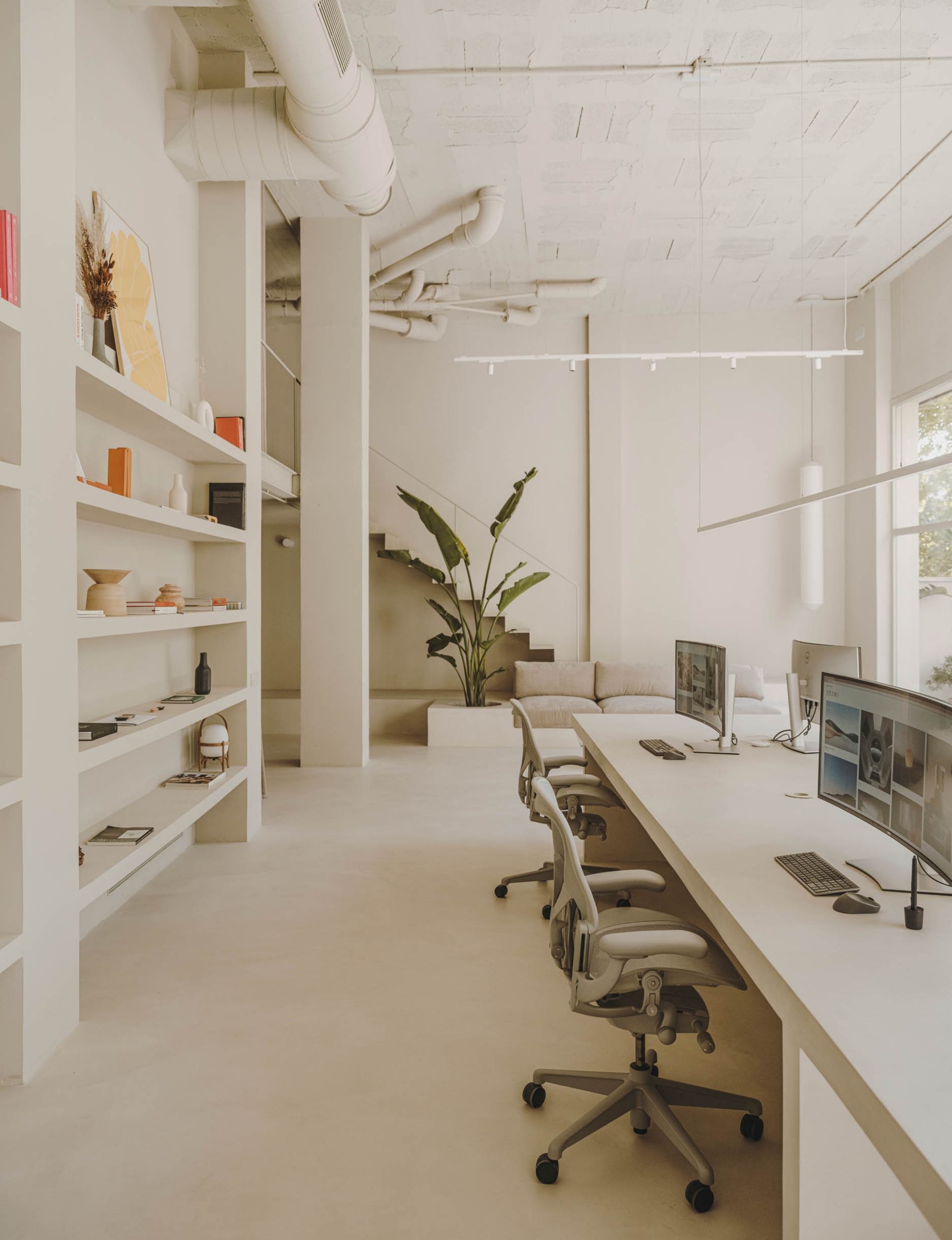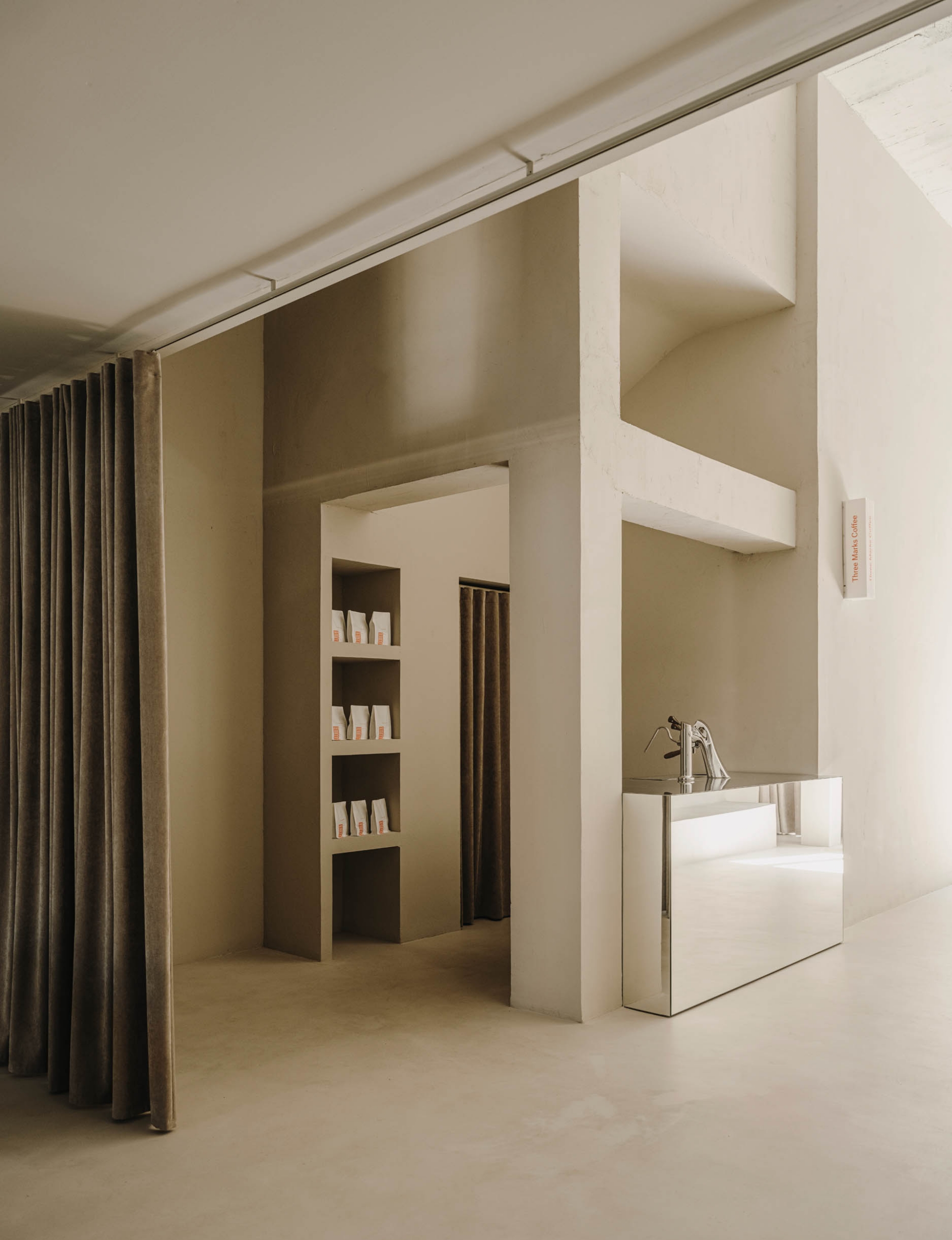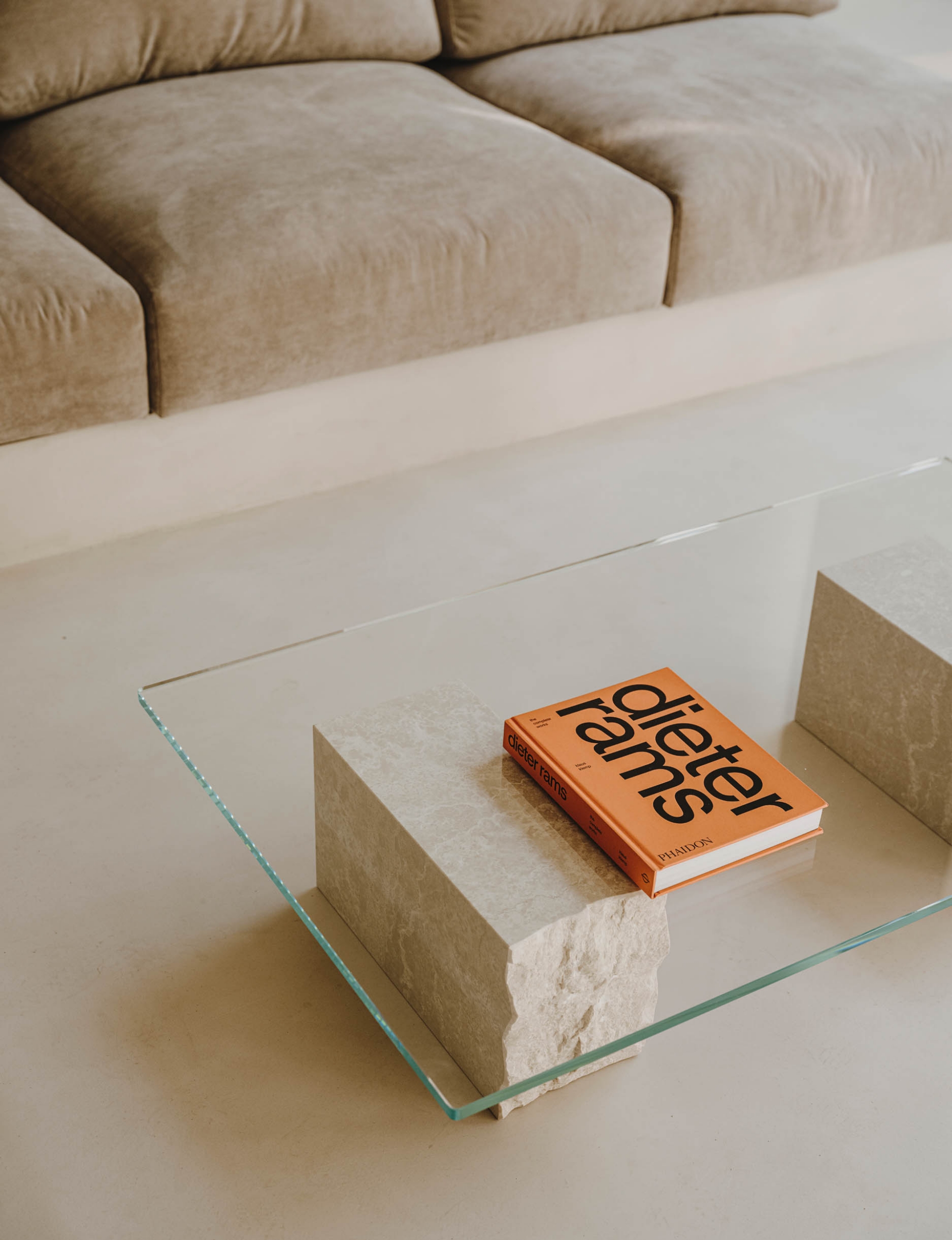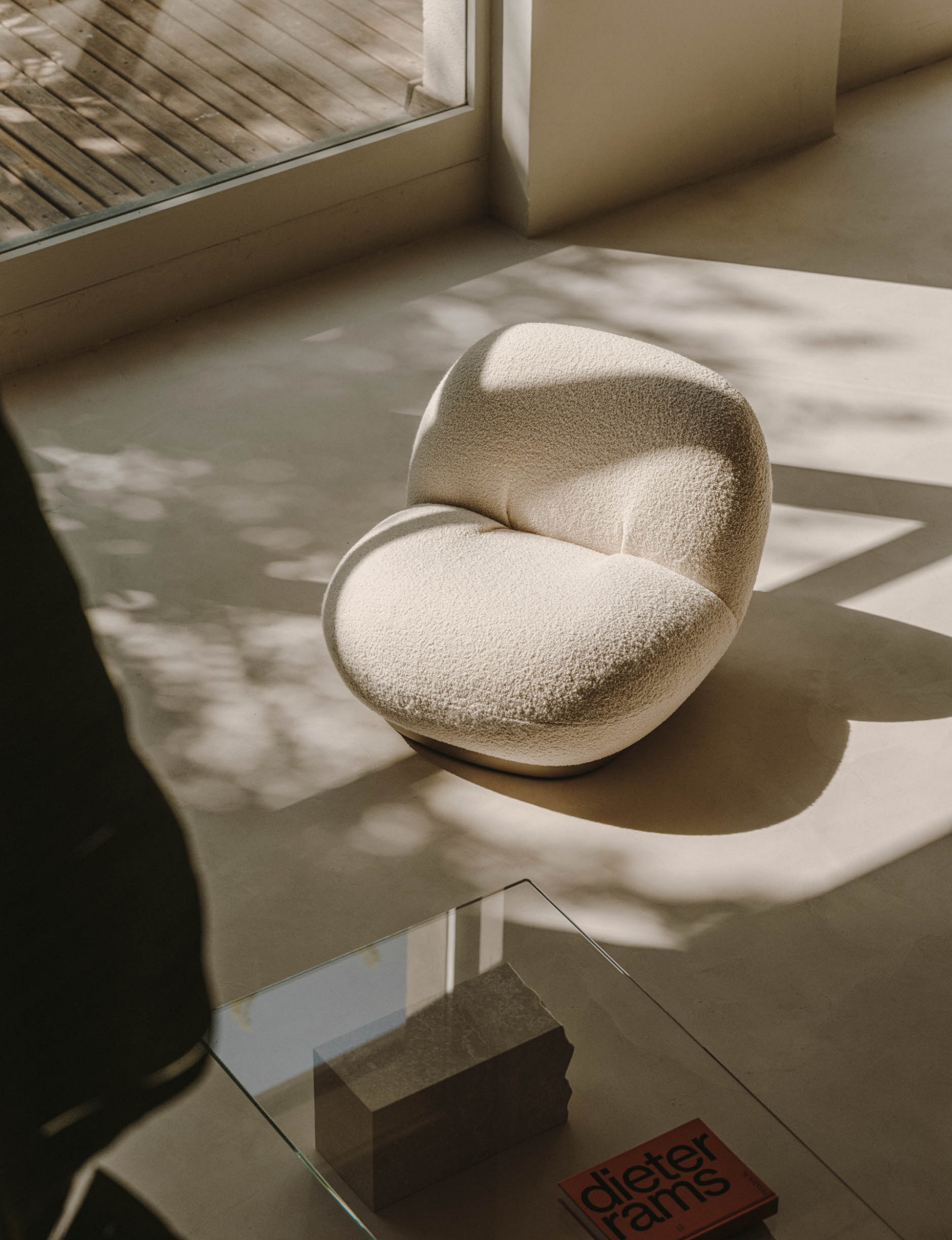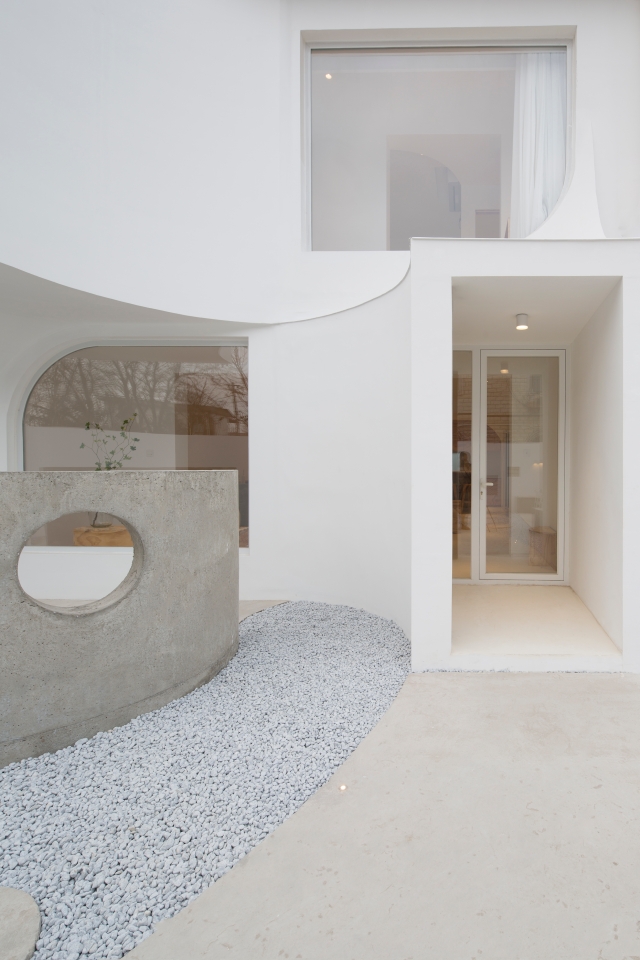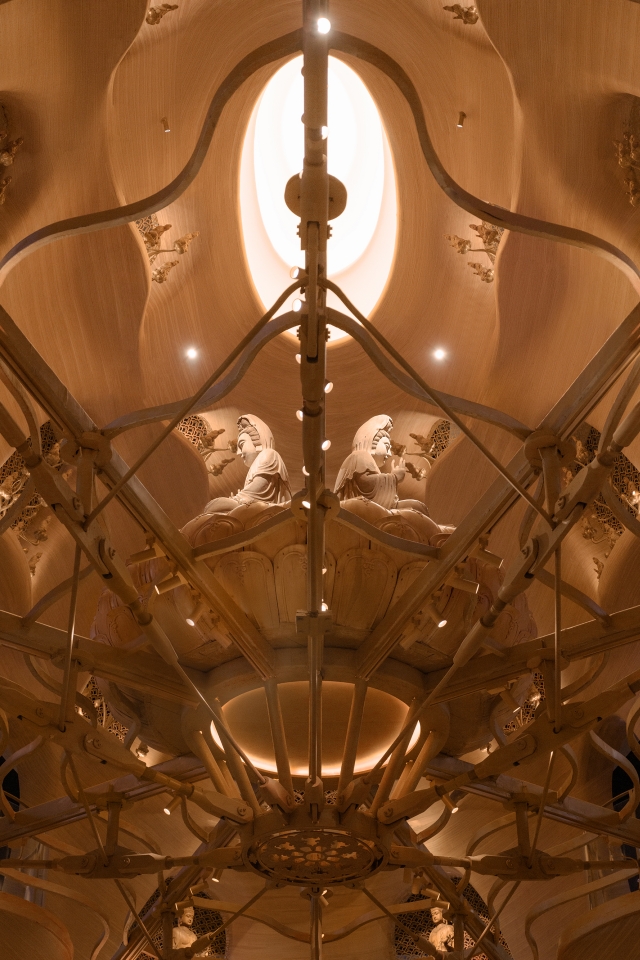Materiality is at the heart of the formal concept of this project, while being part of the physical and tangible world. At the same time, it is related to the digital and surrealistic work of Six N. Five. Adopting a monochromatic and earth-toned environment, the printing of craftsmanship connects both worlds, and the result is a multidisciplinary space designed to share, achieve, but, above all, entice creativity.
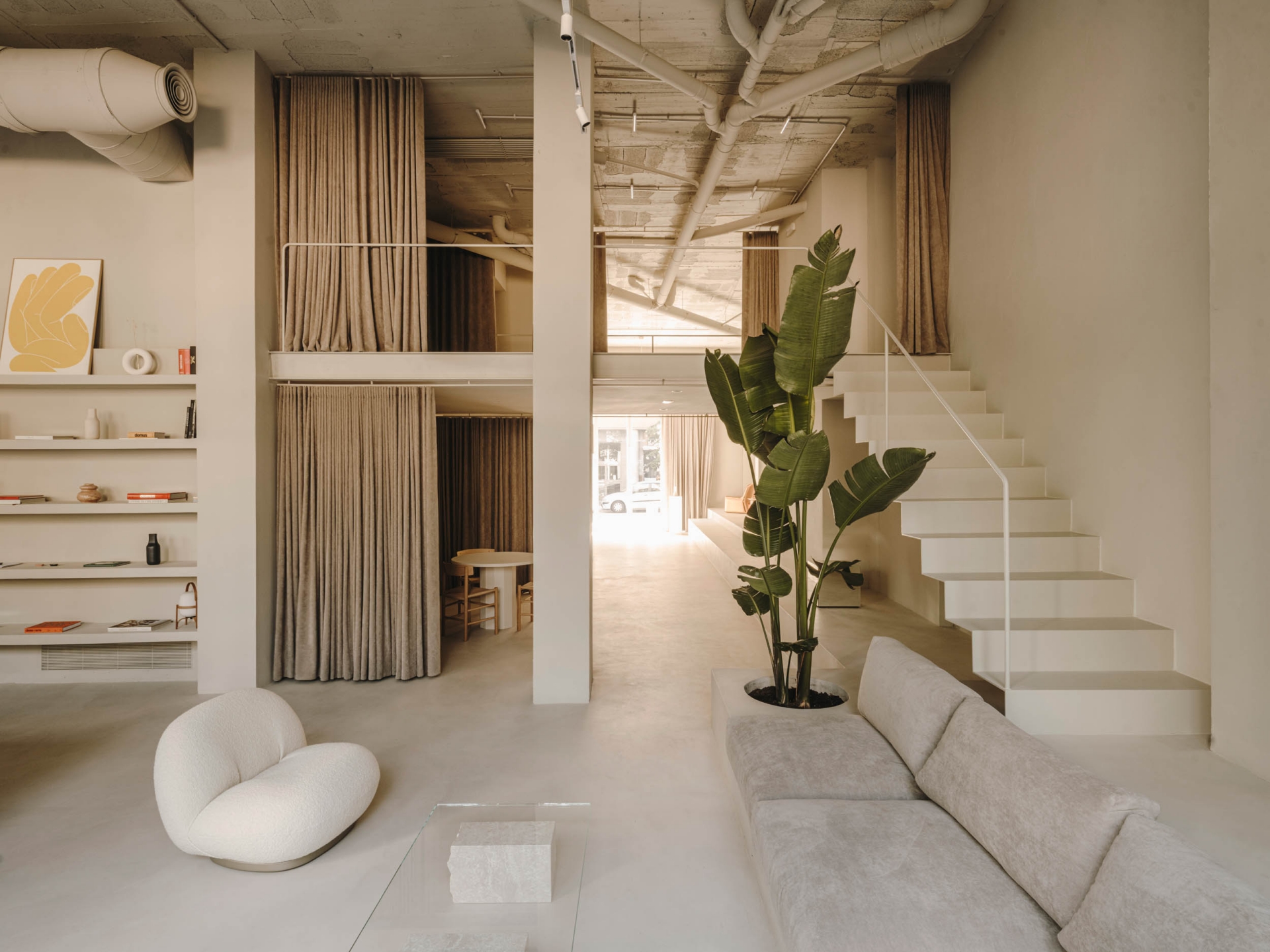
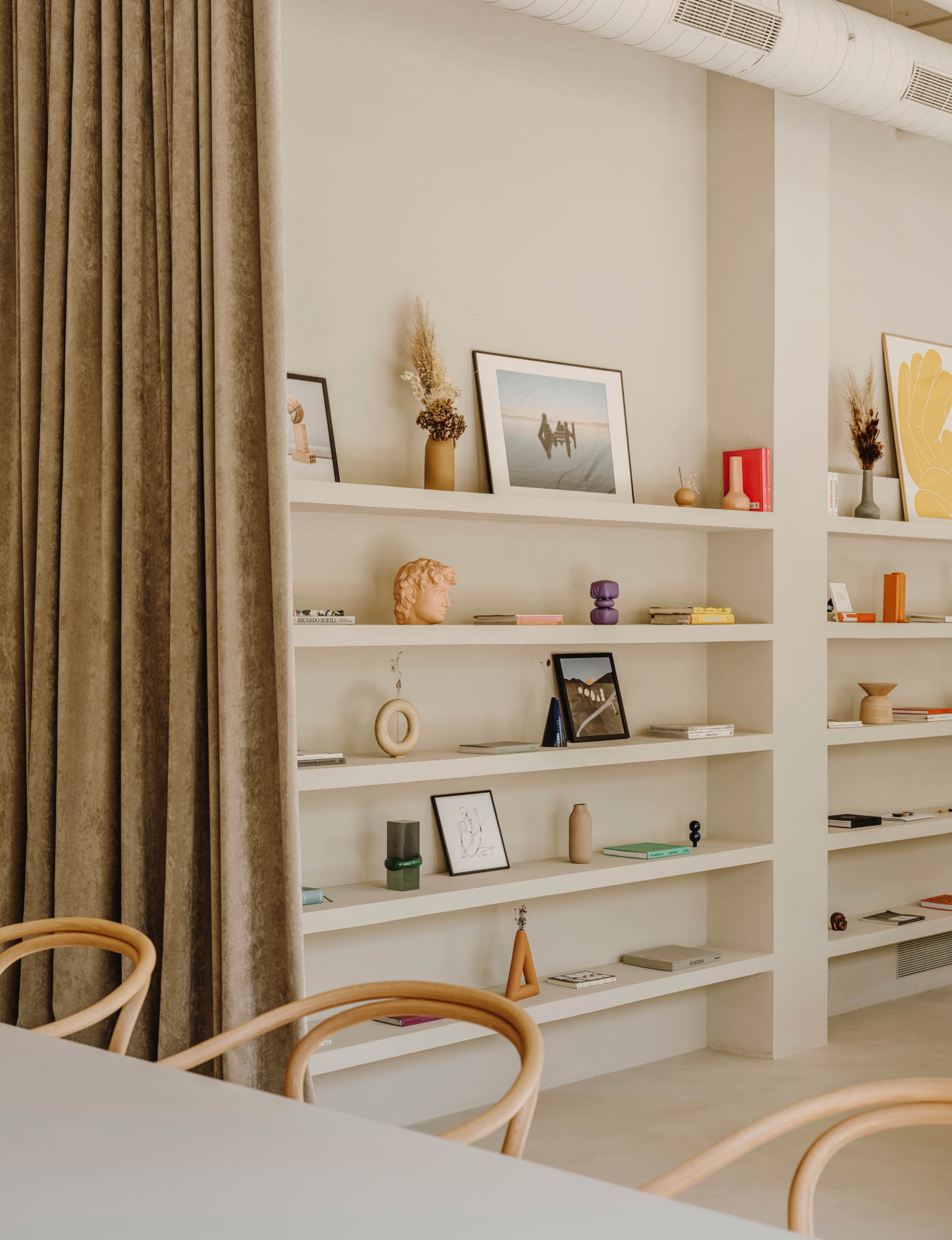
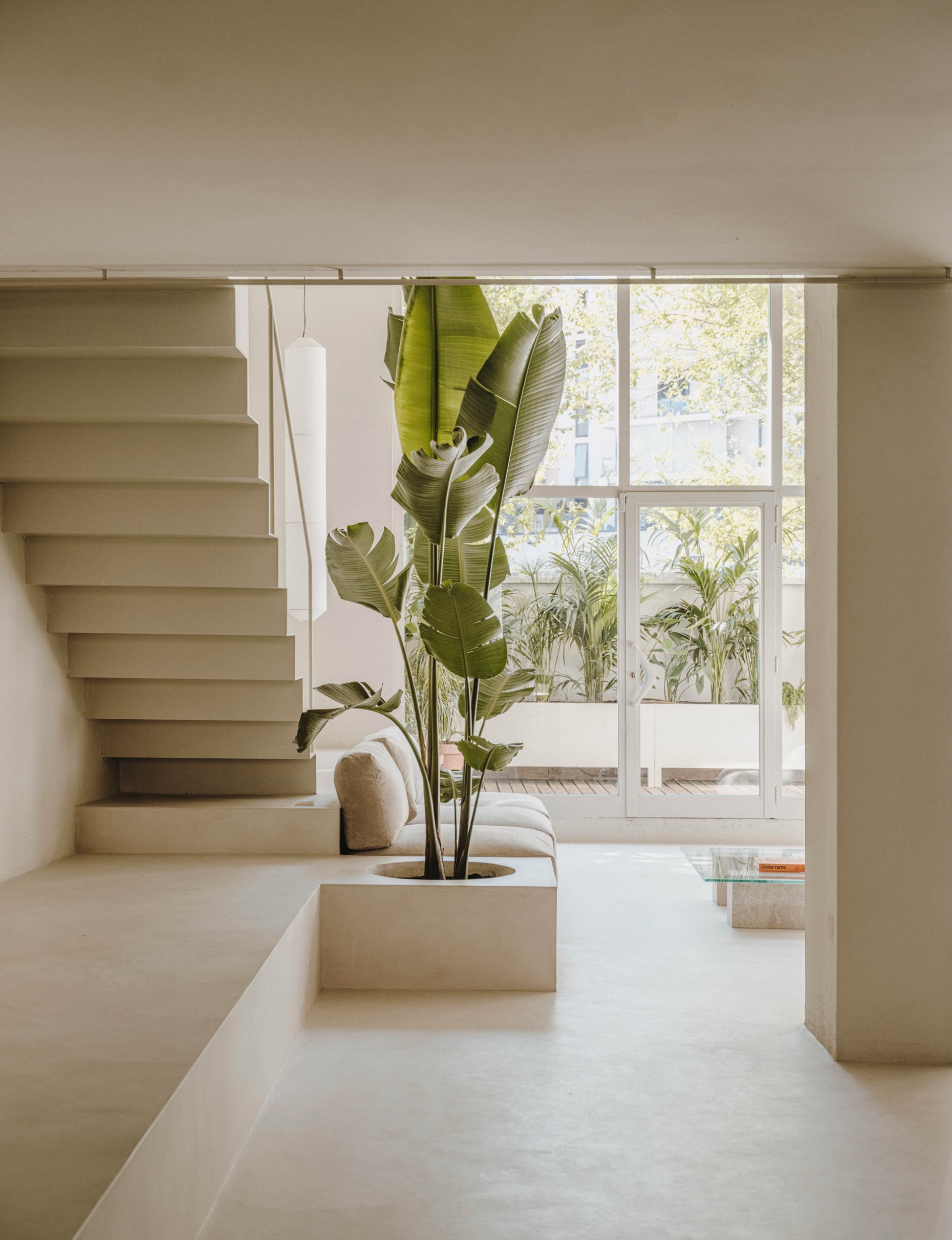
Located in Barcelona, in the neighborhood of Poblenou, the project brief to designer and art director Isern Serra was to transform a ground floor establishment into a workspace for Ezequiel Pini and his creative studio Six N. Five. This multifunctional studio would be aimed at offering an office space and a showroom for exhibits. As well, it would be area for talks and presentations, an at-home workshop for producing prototypes, a leisure and virtual reality area, and a specialty coffee cafe. In short, this would be a small multidisciplinary space, open to the city with large cultural proposals.
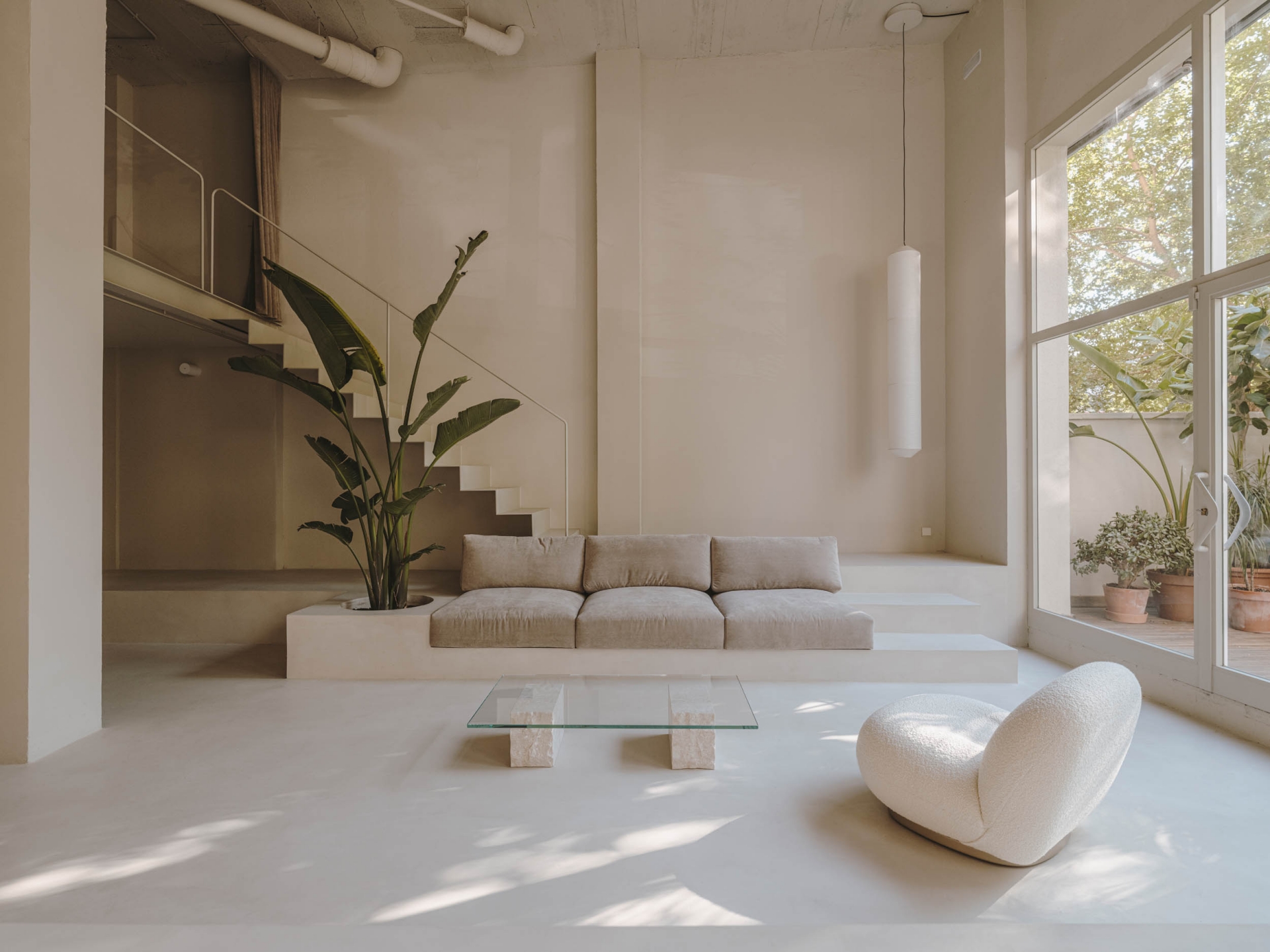
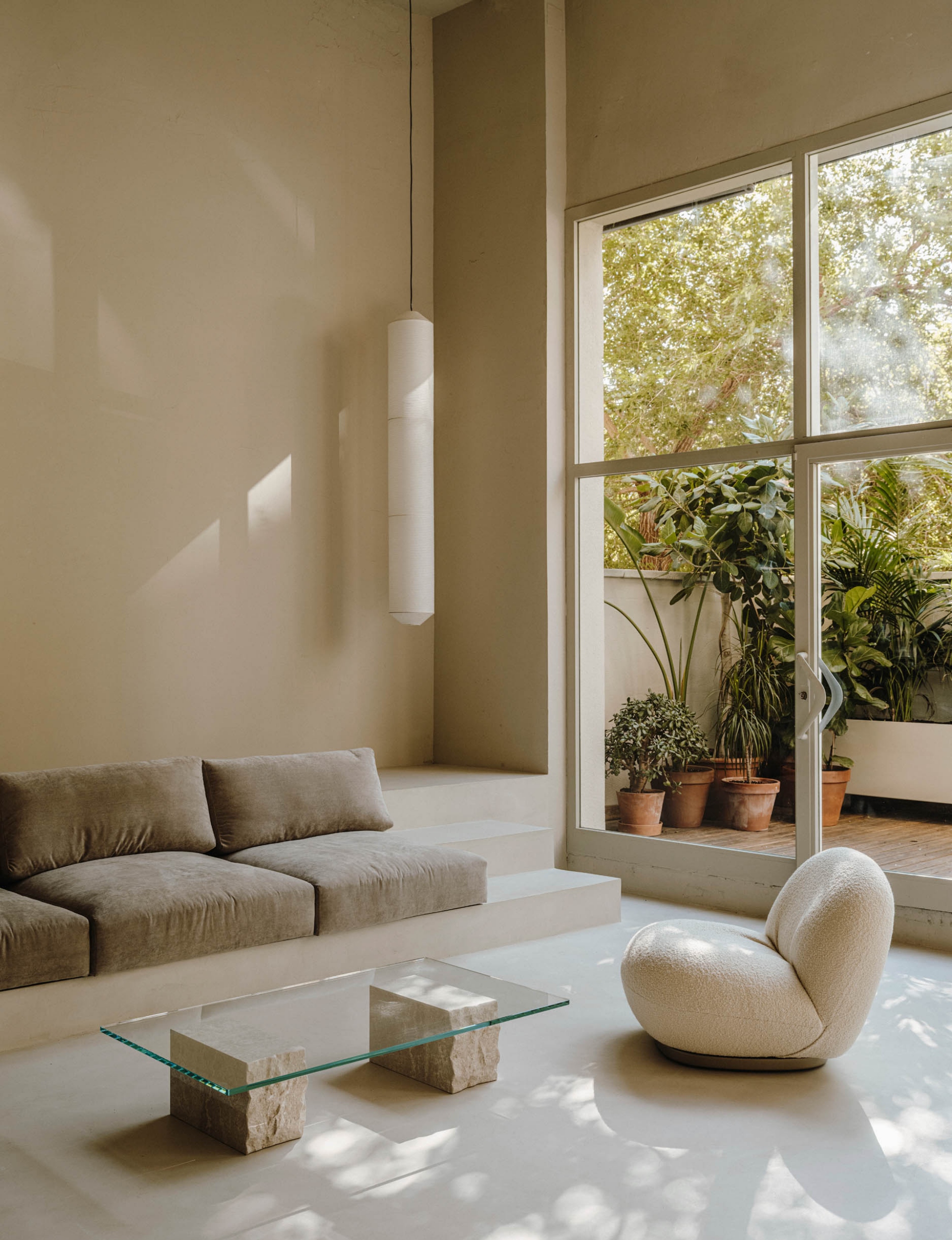
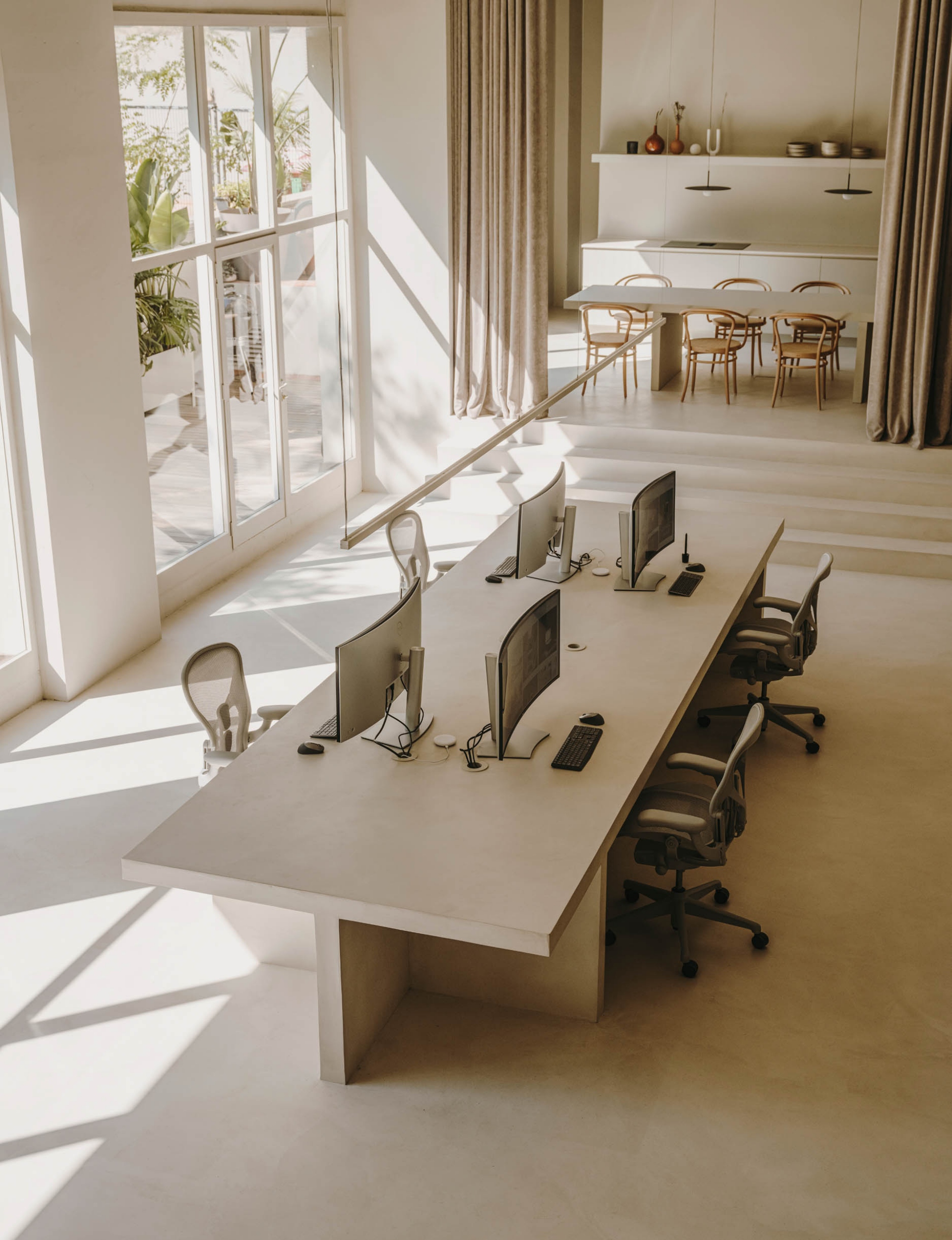
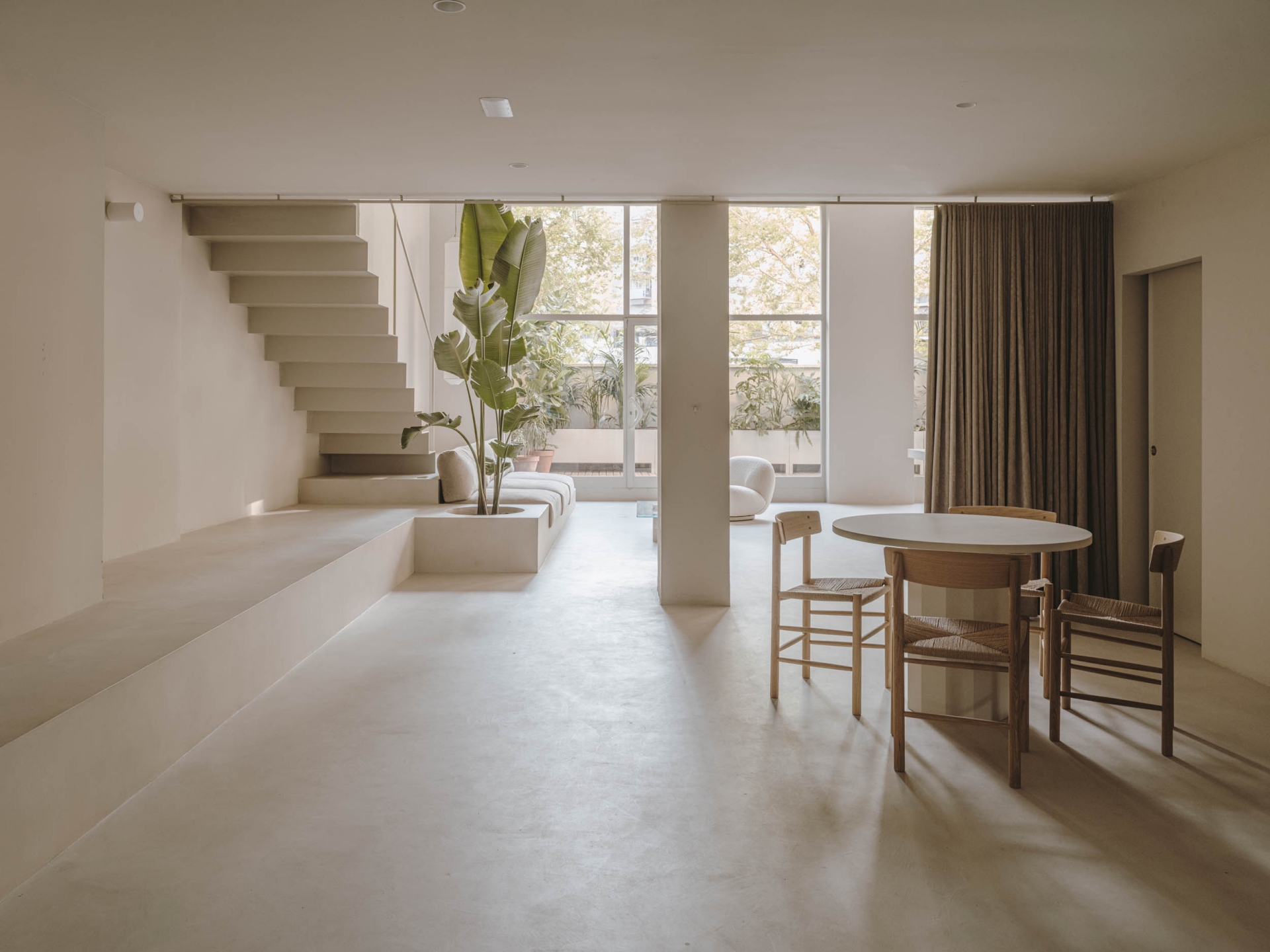
The program consisted of an exhibition space, a café, a warehouse, a main work area with an isolated rack, a workshop and a meeting room with a kitchen. First and foremost, the decision was to clean the premises of all the existing partitions and false ceilings to recover the original concrete structure, and thus revealing the true volume of the space.The need for a diverse set of spaces, and the imposing height, allowed the designers to generate a space in a mezzanine to house the workshop and storage area. This mezzanine also enabled them to separate the public area from the more private areas of the studio. The overall space was conceived as a large architectural sanctuary where the imprint of craftsmanship is very present. Earth tones were chosen to reinforce this idea of materiality and achieved through the use of micro cement on the floor and the functional elements. The same texture is attained on the walls using the same tone of paint with an irregular plaster base.
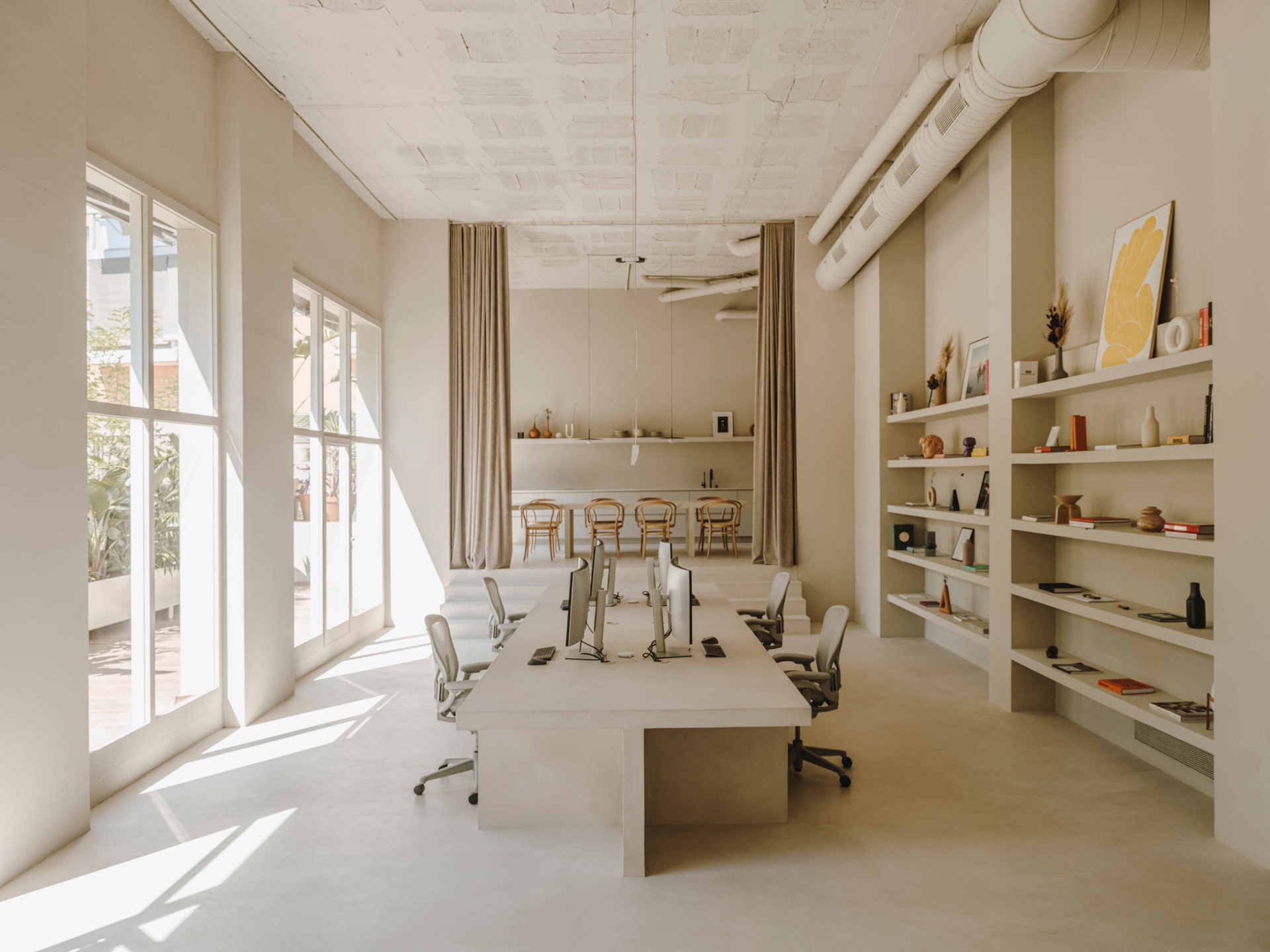
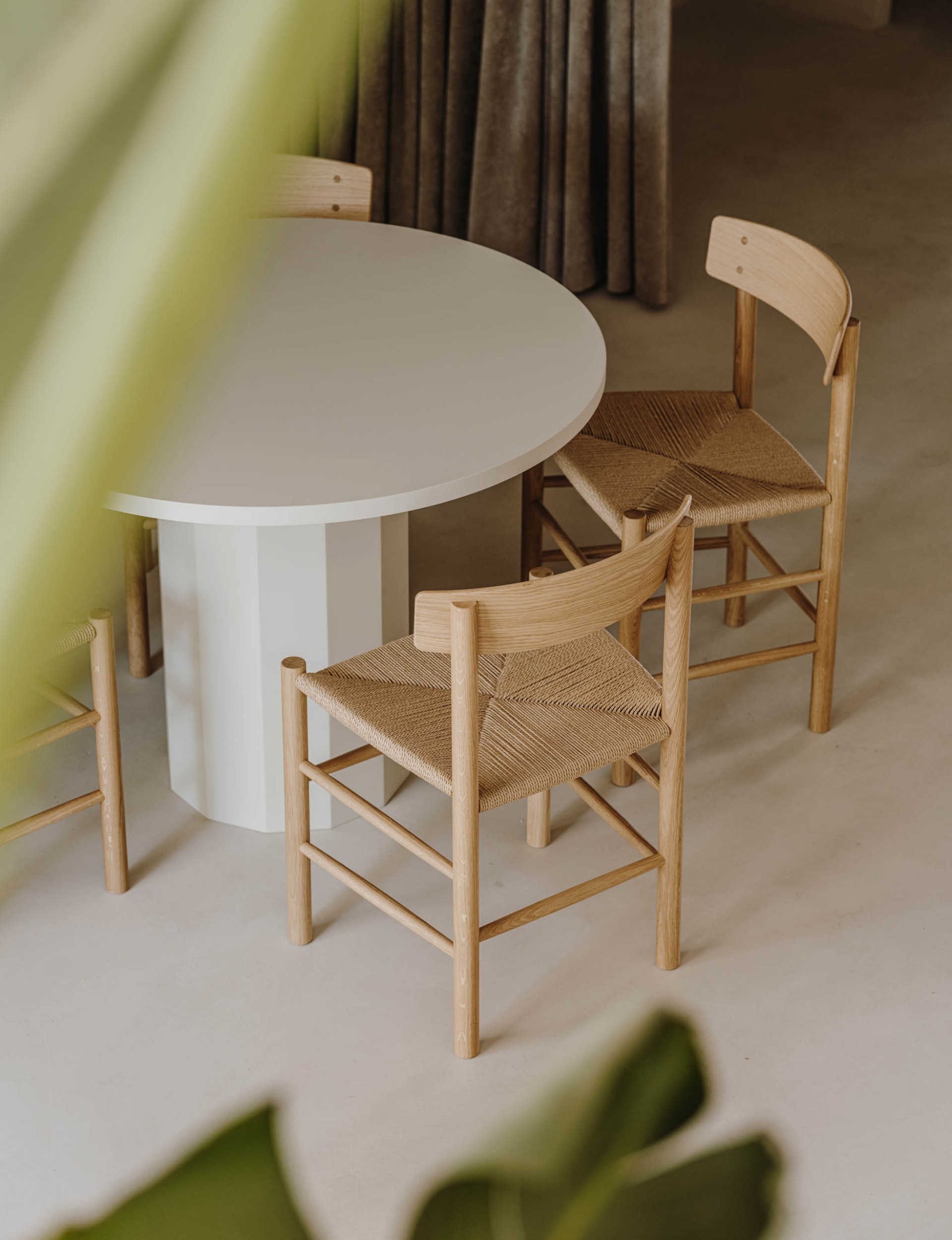
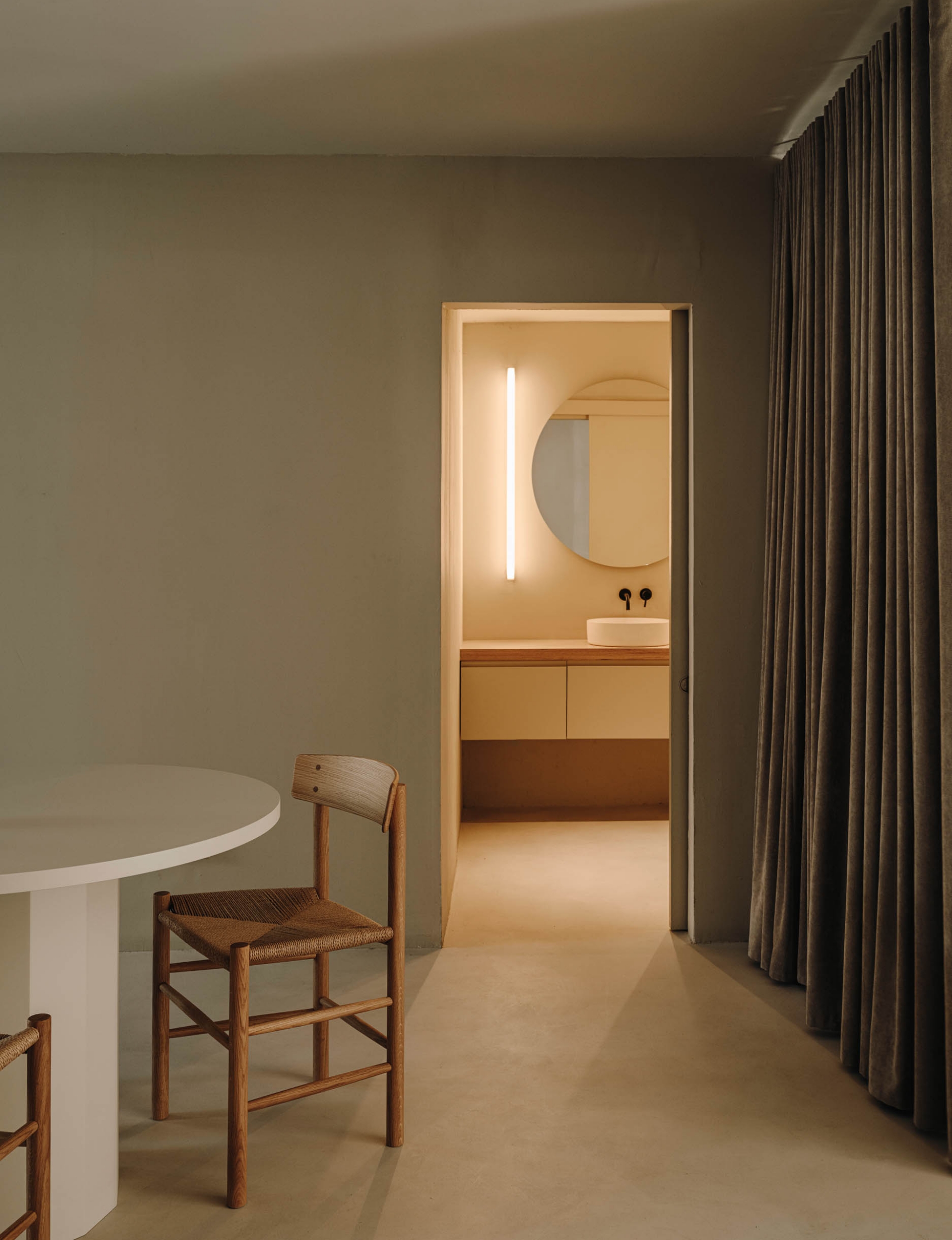
Upon entering the studio, the viewer enters into a double heighted space. The left side consists of a set of steps, running along the entire length of the arena. An architectural element that in all its dimension, not only serves as seating but also an exhibition space. To the right, under a structural arch of the building, is a café with a mirrored bar with stainless steel countertop made for Three Marks Coffee. Continuing into the studio, the height of the space changes through the construction of a mezzanine. Here consists of an in-house workshop, incorporating a 3D printer and a workshop table that allows for manual work. The space also includes a storage area, a rack room and the bathrooms, designed with a wooden countertop, “Iconico” sinks and faucets and a circular mirror.
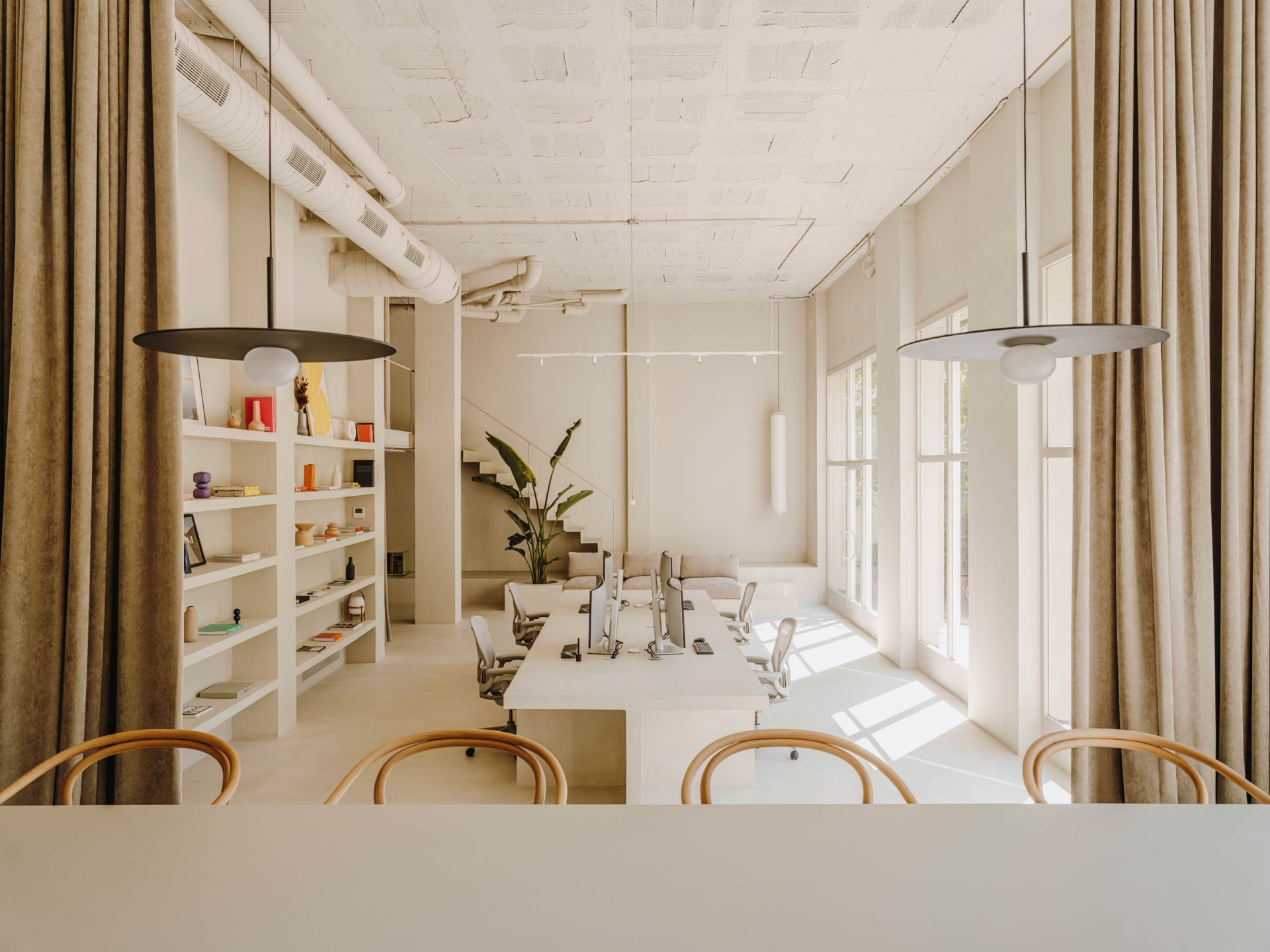
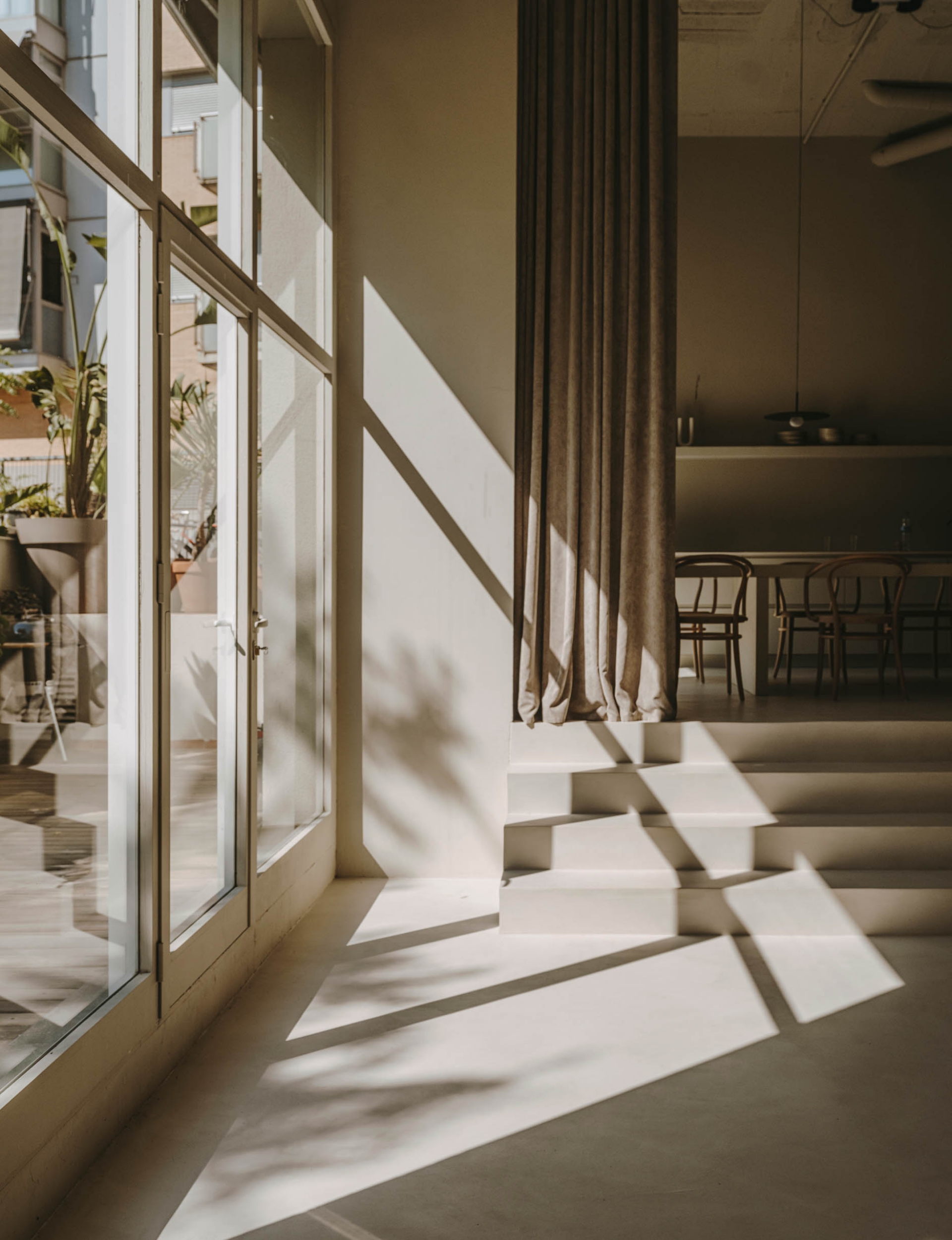
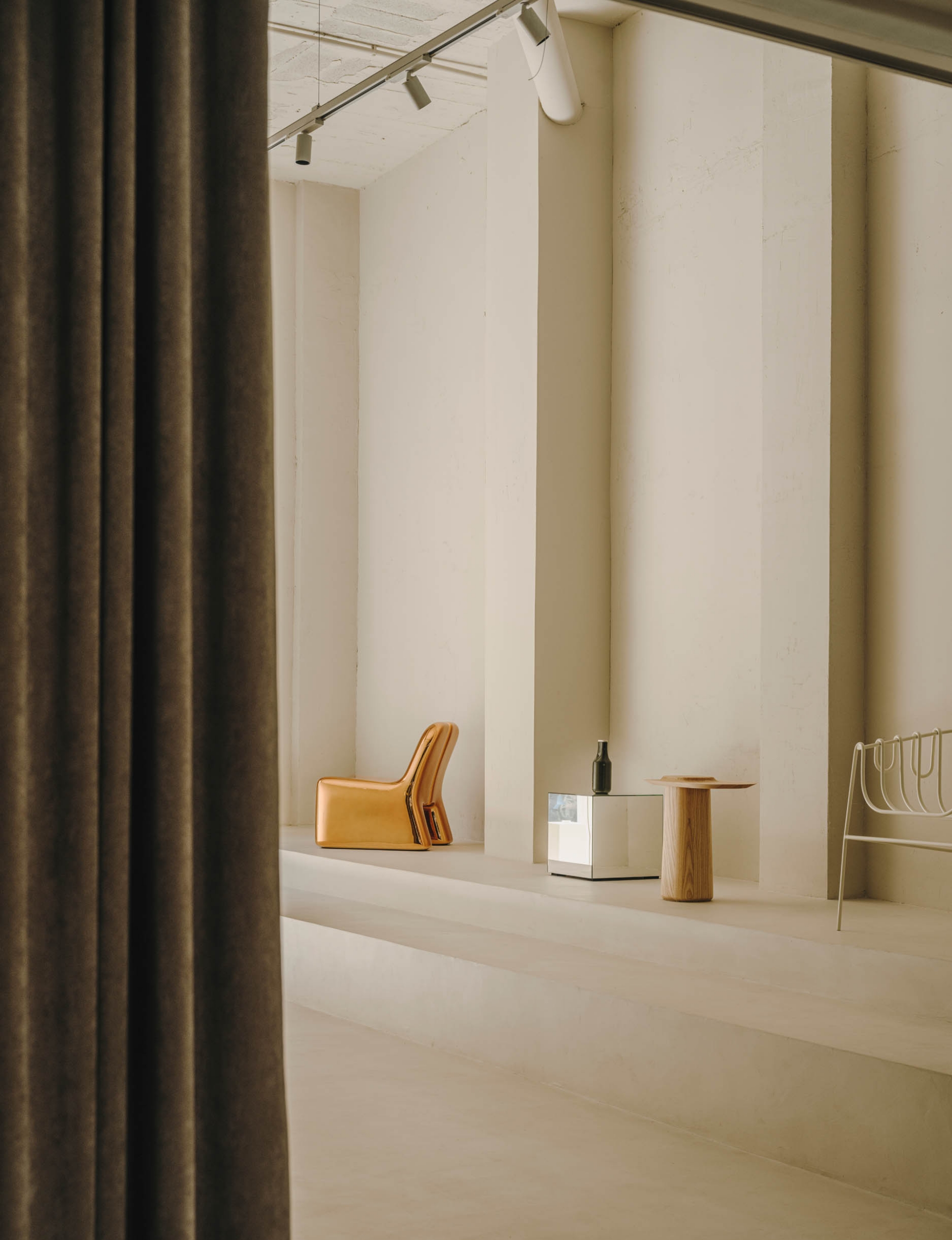
Across the mezzanine we find a relaxation and leisure area, where the steps seamlessly convert into a circular planter and built-in sofa. The raised platform also serves as the base of a custom-made bent sheet metal staircase with tubular railing. To achieve a sense of uniformity and connection, the custom designed sofa is upholstered with the same fabric as the curtains. Highlight structural furnishings include the Mineral “Coffee Table” by Ferm accompanied by the Pacha lounge chair by Gubi. This space is structured around the large main table accommodating up to six artists, made of masonry and finished with micro cement - an element made on site, which also reinforces the artisanal process and concept above all. The table is surrounded by Herman Miller's Aeron chairs.

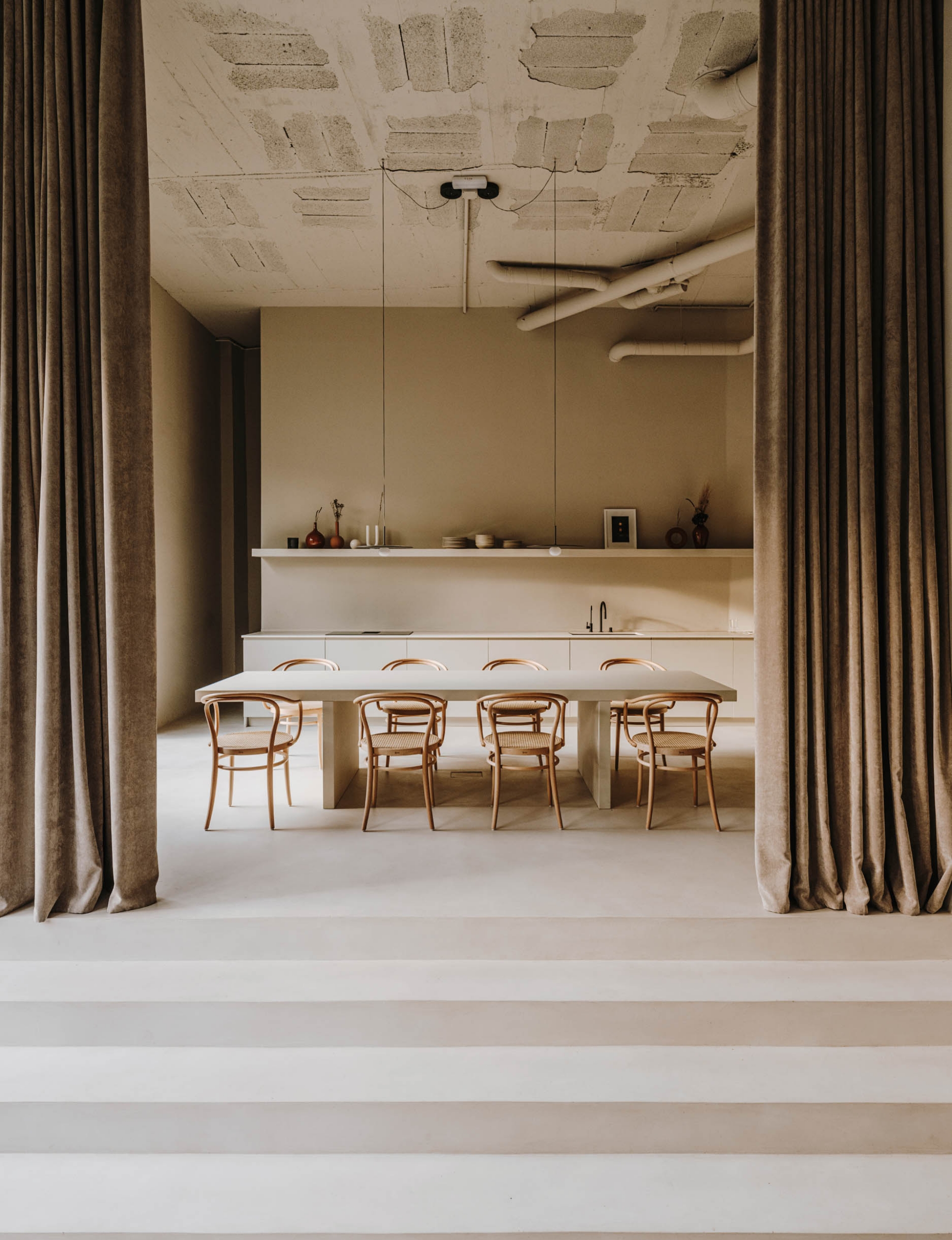

The parallel wall consists of a large bookshelf, serving as a backdrop to the large work table. Exhibiting books, prototypes and objects provide inspiration for the creative minds of Six N. Five. Meanwhile, at the back of the room, on a different level, there is kitchen and meeting room, divided by two large curtains, giving the sensation of a theater curtain and stage. This change of level is achieved with three continuous steps that emphasize the architectural character of the space. The custom-designed kitchen is composed of a Cosentino’s Dekton countertop and lacquered doors. The table is custom-designed and produced by Carpintería J. Vidal with eight No. 30 chairs from Ton. Throughout the project, the lighting has been well considered; resolved through ceiling rails and recessed downlights under the mezzanine from “LedsC4”. The Tekio lamp by Santa&Cole has been placed in the sofa area and a custom-made LED linear illuminates the large work table. The kitchen lighting is achieved through Tempo lamps by Vibia above the main table. Even when it’s empty, without inhabitants, this exceptionally designed space truly seems to take on a life of its own.
